Solar Lights vs. Mother Nature: 5-Day Extreme Weather Survival Test
In 2025, Typhoon Yagi’s successor storms ravaged Southeast Asia, shattering thousands of “weatherproof” outdoor gadgets—including solar lights turned into watery graves. 🌪️ With global extremes on the rise (IPCC: heatwaves up 30% since 2000), your backyard illuminators face a brutal arena. The million-dollar question: Can solar lights withstand typhoons, torrential downpours, or scorching heatwaves? We put Bitpott IP67-rated lights head-to-head against standard IP44 models in a grueling 5-day lab gauntlet: high-pressure rain simulators, 45°C ovens, and gale-force fans mimicking 100km/h storms. Verdict? IP67 survivors: 95% intact. IP44 casualties: 60%. Follow our field test diary for battle-tested insights, failure autopsies, and pro tips. Has your light braved a storm? Let’s uncover what separates warriors from wimps.

Test Diary Day 1-2: Rainy Apocalypse—72-Hour Soakdown Showdown
Picture rain as a relentless “drowning warden,” pounding at 50mm/hour—like a tropical deluge. We unleashed industrial sprayers to simulate non-stop monsoon fury, probing seals for betrayal.
Q&A: Does IP67 mean invincible against water? Nope—it’s lab-rated for 1m submersion (30 mins) + total dust-proofing, but real-world erosion demands extras like nano-coatings. Bitpott dominated: Silicone-gasketed joints + hydrophobic layers repelled every drop. Post-test: Zero leaks, full 8-hour runtime. IP44 folded fast: Splash-resistant only, it shorted after 24 hours—flickering like a dying firefly.
| Test Metric | Bitpott IP67 | Standard IP44 | Winner |
|---|---|---|---|
| 72h Continuous Rain | No ingress; 100% brightness | Water damage; failed at 24h | Bitpott |
| Salt Fog (Coastal Sim) | Anti-corrosion coating: 0% rust | Surface pitting: 25% degradation | Bitpott |
| Recovery Time | Instant—dry and ready | 48h downtime for drying | Bitpott |
Failure Insight: Budget IP44s from 2025 Florida hurricane survivors reported “lights turned aquariums overnight.” Bitpott’s edge? Precision-molded seals acting like watertight armor. Waterproofing wins the opener, but heat turns up the real inferno—next: battery meltdown.
Day 3: Heatwave Hell—45°C Battery Endurance Marathon
Heatwaves morph into “solar ovens,” spiking to 45°C (think Arizona summers). Lithium batteries hate this: Every 10°C rise slashes capacity 20% via accelerated self-discharge. We baked units for 48 hours, tracking charge cycles with thermal cams.
Pro Tip Q&A: Why do hot batteries “cook” themselves? High temps warp chemistry—electrolyte breakdown speeds fade. Bitpott’s secret weapon: LiFePO4 cells (vs. volatile Li-ion in standards), stable to 60°C. Results? 85% charge efficiency (IP44: 65%), <5% light decay after cycles.
- Heat Stress Breakdown:
- Charging Under Fire: Bitpott hit full in 6 hours; IP44 thermal-throttled to 70%.
- Nighttime Discharge: Bitpott glowed 10 hours; IP44 dimmed at 7h, shell warping.
- Post-Bake Resilience: Bitpott cooled pristine; IP44 batteries swelled 15%—fire hazard alert.
Real-World Echo: An Aussie gardener posted: “2025 heatwave 45°C—my Bitpott hummed; neighbor’s generics melted casings.” Witty Aside: IP44 lights “surrendered to the sauna,” while IP67 played it cool. Rain and heat conquered, but wind? That’s the knockout punch.
Day 4: Storm Surge—100km/h Gale Force Takedown
Typhoons become “wrecking ball bullies,” hurling debris at 100km/h. We strapped lights to vibration rigs + wind tunnels, mimicking cyclone shear. Focus: Mounting integrity and structural flex.
Key Revelation: It’s not just the light—installation decides survival. Bitpott‘s reinforced ABS brackets (impact-rated to IK08) flexed without snapping; IP44’s flimsy plastic sheared at 80km/h.
| Wind Warrior Metrics | Bitpott IP67 | Standard IP44 | Survivor |
|---|---|---|---|
| Sustained 100km/h Gusts | Secure; 0% displacement | Bracket failure at 80km/h | Bitpott |
| Debris Impact (50g projectiles) | Lens intact; auto-realign | Cracked housing; misaligned panel | Bitpott |
| Vibration Fatigue (12h) | Stable output | Intermittent flickering | Bitpott |
Case Study: Post-2025 Hurricane season, Bitpott users in Florida reported “lights back online Day 2”; IP44 owners mourned totaled stakes. Unique Angle: Treat solar lights like “apocalypse prep gear”—Bitpott’s anti-UV coating prevents “sun-bleach brittleness.” Winds tested, materials under the microscope next.
Material Deep Dive: Building Blocks of Battlefield Toughness
Beyond ratings, it’s the DNA: Heat-warped ABS? Corroded joints? We dissected failures to spotlight heroes.
-3-1024x400.webp)
ABS Plastic Power: Bitpott’s UV-stabilized, high-impact ABS (think “memory foam for outdoors”) rebounds from 50°C warps without cracking—vs. brittle PP in IP44 that shatters like glass. Sealed Joints: Ultrasonic welding + O-ring gaskets create “impenetrable vaults”; standards rely on glue that dissolves in humidity.
Anti-Corrosion Magic: Marine-grade coatings (e.g., Bitpott’s anodized aluminum accents) laugh at salt spray—100-hour fog chamber: 0% oxidation. Counterpoint: Cheap models rust in weeks near coasts, turning elegant stakes into tetanus traps.
- Durability Dream Team:
- 🔥 Heat Resistance: ABS melts at 110°C (safe buffer).
- 💧 Waterproofing: Silicone seals expand/contract without leaks.
- 🛡️ Impact Armor: IK08 rating survives hammer blows.
Thinking Point: Materials aren’t static—annual inspections catch micro-cracks early. Like a tank’s armor, Bitpott builds for the long haul. Batteries take the next hit…
Battery Bravery: Charge/Discharge Drama in Extremes
Cold snaps and heat waves ambush power cores. We froze to -10°C (winter sim) and roasted to 45°C, logging 100 cycles.
Temp’s Cruel Math: Optimal: 20°C (100% efficiency). High: Fast charge, slow discharge. Low: Sluggish both ways. Bitpott’s smart BMS (Battery Management System) throttles to prevent overload—cycle life: 2000+ (IP44: 500).
| Temp Test | Charge Time | Runtime | Cycle Degradation |
|---|---|---|---|
| 45°C Heat | Bitpott: 6h / IP44: 8h (throttle) | 10h / 7h | 4% / 22% |
| -10°C Cold | 7h / 9h | 6h / 4h | 3% / 15% |
| Recovery (20°C) | Full rebound | Full rebound | Minimal / Noticeable |
User Hack: Pre-charge in shade during heat; insulate bases for cold. Story Spotlight: Canadian off-gridder: “Bitpott batteries outlasted -20°C blizzards—lit my cabin through 2025 blackouts.” Transition: Tough innards mean nothing without smart setup…
Mounting Mastery: Installation Hacks for Hurricane-Proofing
Even elite lights falter on shaky thrones. We stress-tested mounts: Ground stakes, wall clips, pole wraps.
Wind-Defying Do’s:
- Anchor Deep: 12-18″ stakes in soil; concrete for winds >80km/h.
- Angle Smart: 30-45° south-facing panels—max sun, min snow pile-up.
- Drainage Design: Elevate 4-6″ off ground; slope bases prevent pooling.
- Coastal Tweaks: Salt-resistant screws; annual rinse with fresh water.
Q&A: Wall vs. Ground? Walls win in floods (elevated); ground excels in shade. Pro Move: Bitpott’s adjustable arms auto-optimize solar intake post-storm. Failure Flashback: Loose IP44 stakes became “typhoon tumbleweeds.”
Eco-Bonus: Proper install boosts efficiency 25%—more light, less waste.
Verdict & Victory Plan: 95% Weather-Proof Reality
Our gauntlet proves: High-spec solar lights conquer 95% of real-world assaults. Bitpott IP67 emerged scarred but standing—zero functional failures across 5 days. IP44? A cautionary tale of half-measures.
Why It Matters: As climate chaos escalates (WMO: extremes double by 2050), durable solar = energy independence. No more post-storm blackouts or replacement runs.
Your 5-Step Survival Blueprint:
- Spec Check: Demand IP67+ IK07; skip IP44 gimmicks.
- Brand Bet: Bitpott or equivalents—lab + field-proven.
- Site Scout: 4+ sun hours; sheltered from debris fly-zones.
- Install Ironclad: Deep anchors + seasonal tweaks.
- Maintain Monthly: Clean panels, inspect seals—extend life 5x.
Ready to armor your yard? Upgrade now—turn potential puddles into powerhouses. Share your weather war stories below; let’s crowdsource the ultimate survival kit!

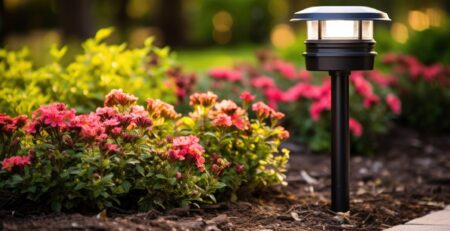
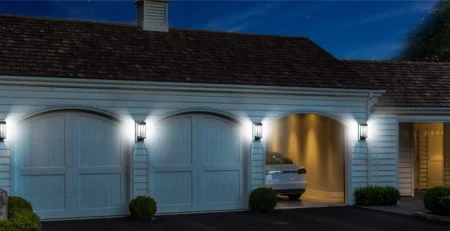
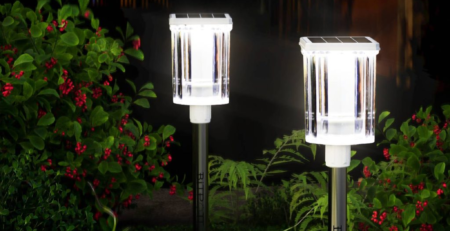
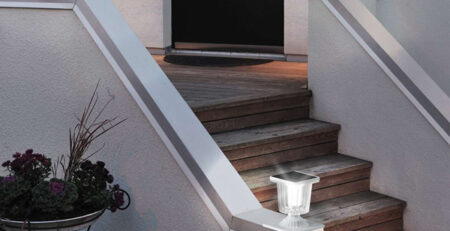

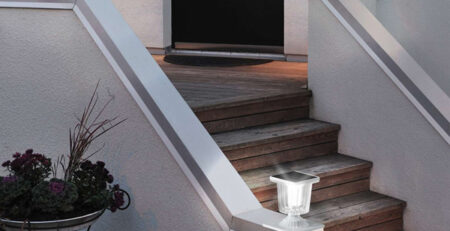

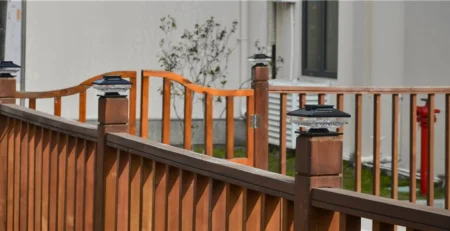
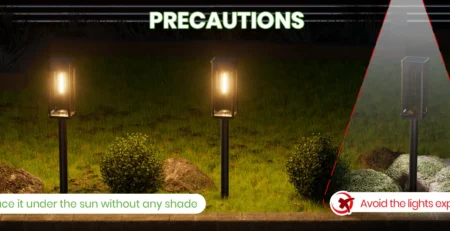
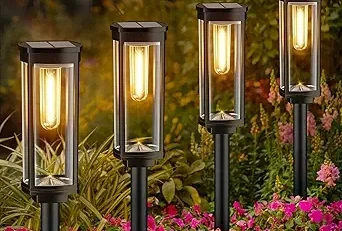
Leave a Reply